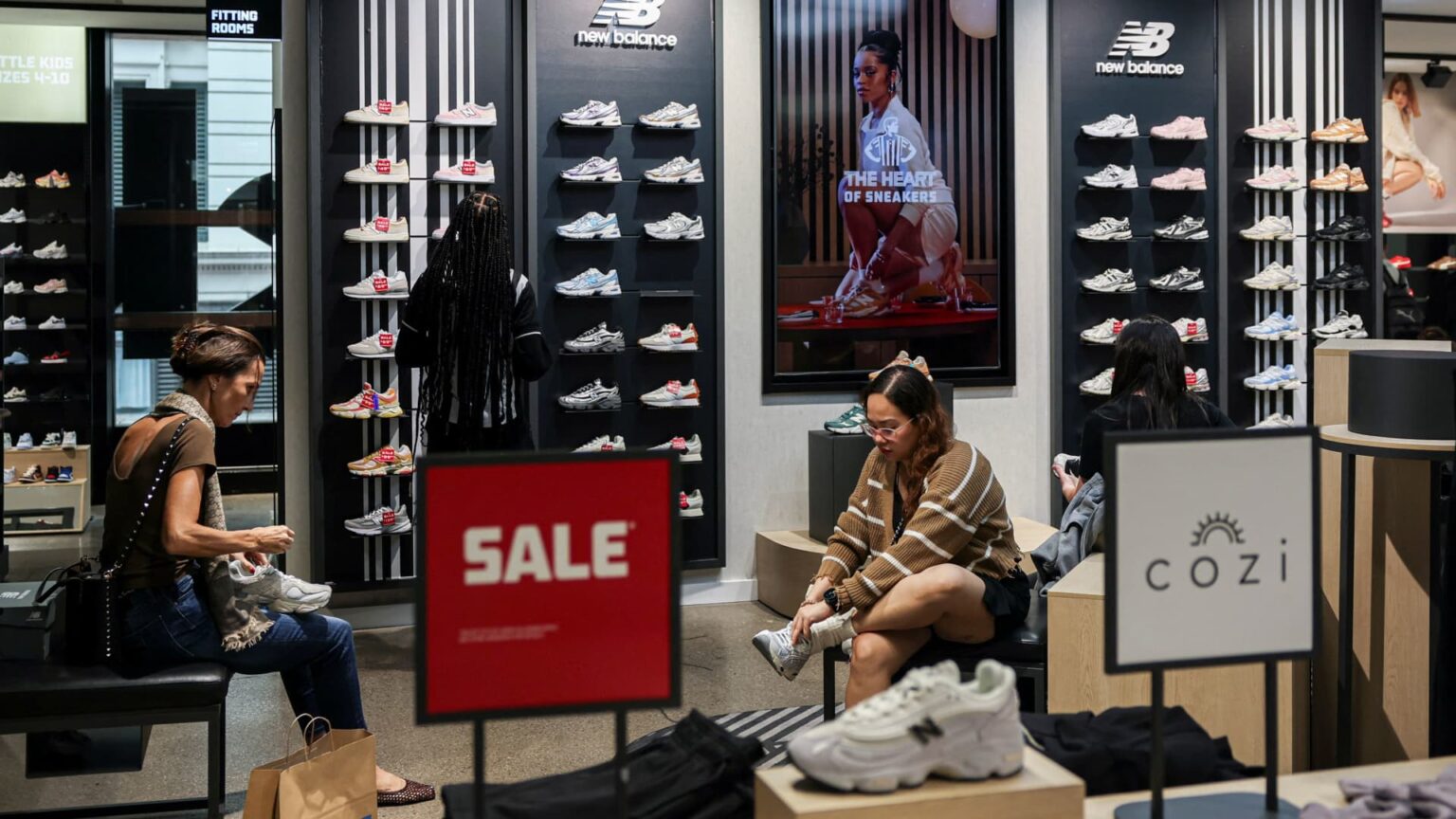Consumers spending pulled back sharply in May, weighed down by declining gas sales and looming unease over where the economy is headed, the Commerce Department reported Tuesday.
Retail sales declined 0.9%, even more than the 0.6% drop expected from the Dow Jones consensus, according to numbers adjusted for seasonality but not inflation. The decline followed a 0.1% loss in April and came at a time of unease over tariffs and geopolitical tensions.
Excluding autos, sales fell 0.3%, also worse than the estimate for a gain of 0.1%.
However, excluding a series of items such as auto dealers, building materials suppliers, gas stations and others, sales increased 0.4%. That reading, known as the control group, is what the department uses when calculating gross domestic product.
Building materials and garden stores saw sales fall 2.7%, while sliding energy prices pushed gasoline station receipts down 2%. Motor vehicles and parts retailers were off 3.5%, while bars and restaurants saw sales decline 0.9%.
On the plus side, miscellaneous retailers gained 2.9%, while online sales rose 0.9% and furniture stores increased sales by 1.2%.
Stock market futures held negative after the release while Treasury yields also fell.
“Americans bought cars in March ahead of tariffs and stayed away from car dealerships in May. Families are wary of higher prices and are being a lot more selective with where they spend their money,” said Heather Long, chief economist at Navy Federal Credit Union. “People are hunting for deals and aren’t eager to buy unless they see a good one.”
The pullback in retail sales came despite surveys showing that consumer sentiment actually improved in May, though compared with levels that had been falling through the year. The ongoing trade war ignited by President Donald Trump’s tariffs had dented consumer and business optimism, though an easing in some of the rhetoric amid a 90-day negotiating period has led to better readings.
GDP declined at a 0.2% annualized pace in the first quarter but is projected to rebound. Second-quarter growth heading into the retail sales release was pegged at 3.8%, according to the Atlanta Federal Reserve’s GDPNow tracker of rolling data. The gauge will be updated later Tuesday.
In other economic news Tuesday, import prices were flat against a forecast for a 0.1% decline, according to the Bureau of Labor Statistics. Export prices fell 0.9%.
Correction: Retail sales fell 0.1% in April. An earlier version mischaracterized the figure.
Read the full article here


